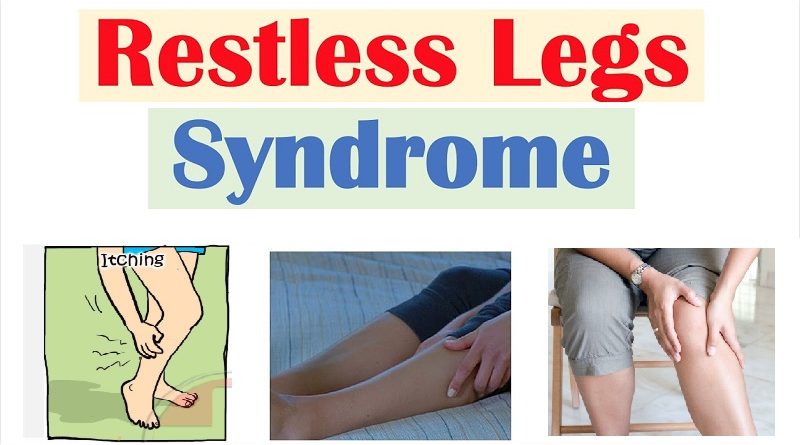Restless Leg Syndrome (RLS): Symptoms, Causes, and Treatment Options
Restless Leg Syndrome (RLS) is a neurological condition that causes an overwhelming urge to move the legs, especially when inactive. It is estimated that up to 10% of the population worldwide is affected by RLS impacting the quality of their life. Also, it leads to disrupted sleep and fatigue during the day. In this article, we will discuss Restless Leg Syndrome (RLS), its symptoms, causes, and available treatment options.
Symptoms of Restless Leg Syndrome (RLS)
The main symptom of RLS is an irresistible urge to move the legs. It is often accompanied by sensations such as burning, tingling, or aching. These sensations are often described as crawling, creeping, or pulling in the legs. These symptoms tend to worsen during the evening or at night, leading to sleep disturbances, resulting in daytime fatigue, mood changes, and difficulty concentrating.
Causes of Restless Leg Syndrome (RLS)
1- The exact cause is unknown, but it is believed to be related to a combination of genetic and environmental factors.
2- Research has shown that RLS may be related to abnormal dopamine levels in the brain. Dopamine is a neurotransmitter that plays a key role in controlling movement, as well as mood, motivation, and reward. Studies have found that individuals with RLS have lower levels of dopamine in certain areas of the brain, such as the substantia nigra, which is involved in movement control. This may explain why RLS is often treated with medications that increase dopamine activity in the brain, such as dopamine agonists. The exact mechanisms underlying the dopamine-RLS connection are not fully understood.
3- Some medical conditions, such as iron deficiency anemia, kidney failure, or pregnancy, can also trigger RLS symptoms.
4- In addition, certain medications, such as antipsychotics and antidepressants, can worsen the symptoms.
Treatment Options for RLS
There is currently no cure for Restless Leg Syndrome, but there are several treatment options available that can help manage symptoms and improve quality of life. Treatment options include:
- Lifestyle Changes:
Making certain lifestyle changes can help improve the symptoms. These changes include adopting good sleep habits and exercising, especially in the afternoon. - Medications:
Dopamine agonists, such as pramipexole and ropinirole, are the most commonly prescribed medications for RLS. They work by increasing dopamine levels in the brain. Other medications, such as anticonvulsants and opioids, can also be used to manage the symptoms. - Iron Supplements:
Iron deficiency can trigger RLS symptoms in some people. For those with low iron levels, iron supplements may improve the symptoms. - Transcutaneous Electrical Nerve Stimulation (TENS):
TENS is a non-invasive therapy that involves applying electrical currents to the skin to relieve pain. TENS has been shown to be effective in reducing the symptoms in some people. - Surgery:
Surgery is rarely used as a treatment option for Restless Leg Syndrome, but it may be recommended in severe cases where other treatments have failed. Deep brain stimulation, a surgical procedure that involves implanting electrodes in the brain, has been shown to be effective in reducing the symptoms.
SUMMARY
Restless Leg Syndrome (RLS) is a common neurological condition that significantly impacts the quality of life of those affected. While there is no definite cure for RLS, several treatment options are available to manage the symptoms and improve quality of life. If you experience RLS symptoms, talk to your doctor to determine the possible cause and discuss treatment options.
If you experience any of the sleep disorders, you contact your health provider to help you find ways to better sleep.




